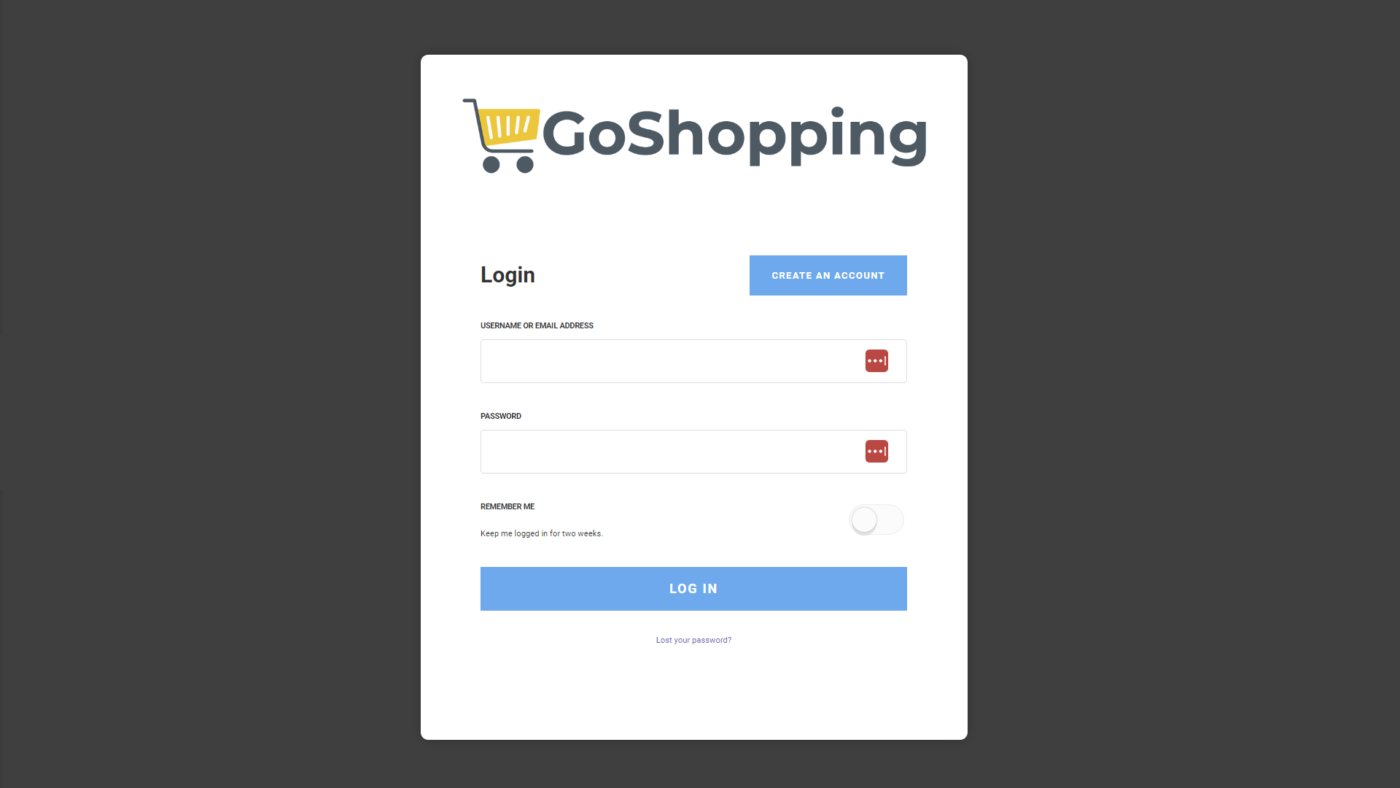IMPORTANT
WP Ultimo was abandoned by the author. But there is a free fork maintained by the community that you can use as a replacement of WP Ultimo. Read more and get the fork plugin here.
In this lesson, we’ll show you how to create a custom login form for your WordPress multisite network.
This is great because your users won’t have to use the normal WordPress login page.
Instead, you’ll design a beautiful login form with Elementor.
Follow these steps to create your custom login form:
1- ADD A NEW PAGE OR EDIT THE DEFAULT LOGIN PAGE FROM WP ULTIMO
In their new update, WP Ultimo includes the option to create default registration and/or login pages.
These are normal pages with the appearance of the theme you have installed on your main site.
If you don’t want to create a new page, you can open the default login page and edit it with Elementor.
This is what our login page will look like:
If you want to use this template, you can download it by clicking on the button below:
Editing the default login page has the advantages of not having to change anything else because WP Ultimo will recognize the login page automatically.
Go to Network Admin > Sites and open your network’s main site.
Now go to Pages and add a new page or open the default login page.
If you create a new page, add the page title and hit Edit with Elementor.
If you’re editing the default WP Ultimo login page, cut the shortcode and hit Edit with Elementor.
2- ADD THE WP ULTIMO LOGIN SHORTCODE TO YOUR PAGE
Once you’re in Elementor, you can change the page layout to Elementor Canvas.
Add all the design elements you want such as a background image, texts, columns, etc.
Design the page as you want.
The essential element on this page is the WP Ultimo login shortcode:
[wu_login_form]
You need to paste this shortcode where you want to display the login form.
3- MAKE SURE THE PAGE IS SELECTED IN THE WP ULTIMO SETTINGS
If you’ve edited the default WP Ultimo page, you don’t need to do anything else.
But if you have created a new page, go to Network Admin > WP Ultimo > Settings > Login & Registration.
And select the login page in Default Login Page.
Once you save the settings, this is what your login form could look like:
Now your users will log in to their accounts using a beautiful page instead of using the normal WordPress login page.
In the next section, we’ll show you how to create a site template for your online stores platform.
This will allow you to offer different site templates with the membership plans so that your users don’t have to design their sites from scratch.
Download the whole platform
If you have a premium license of WP Frontend Admin, you can download the full backup of our platform and import it on your site, so everything shown in this course will be already configured for you. It will save you a lot of time.
Note – You need WP Ultimo 2.x.






